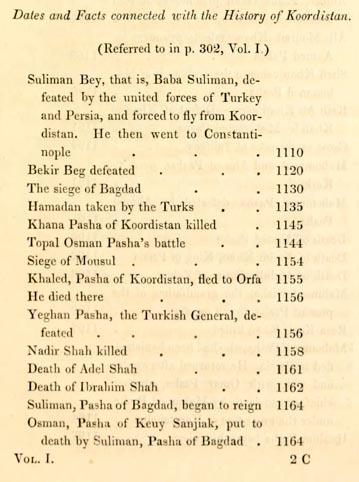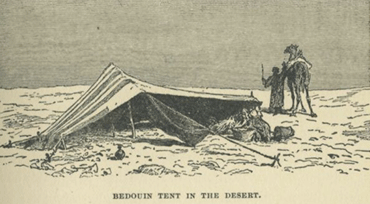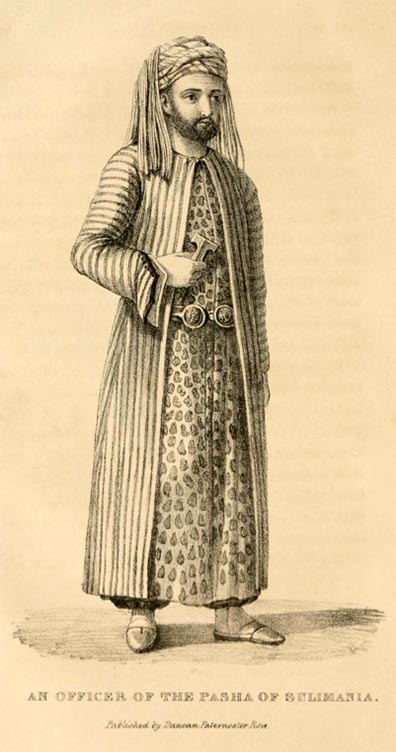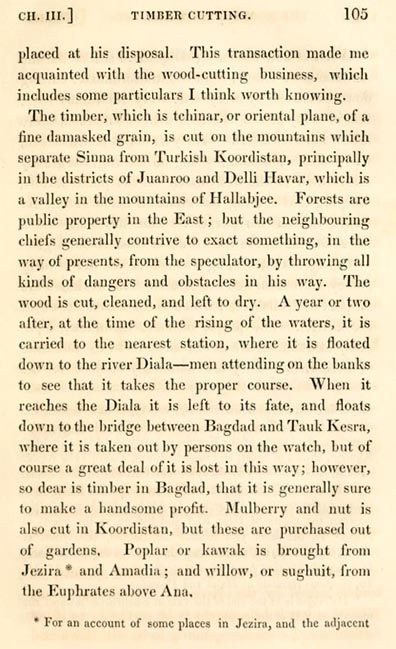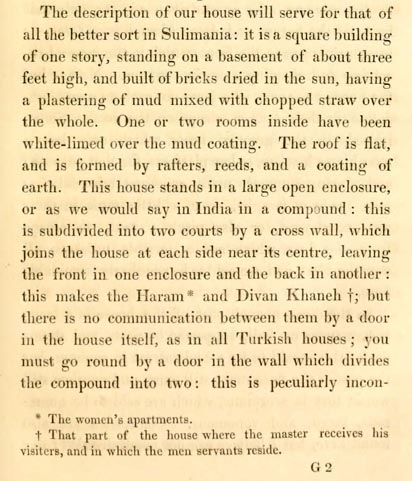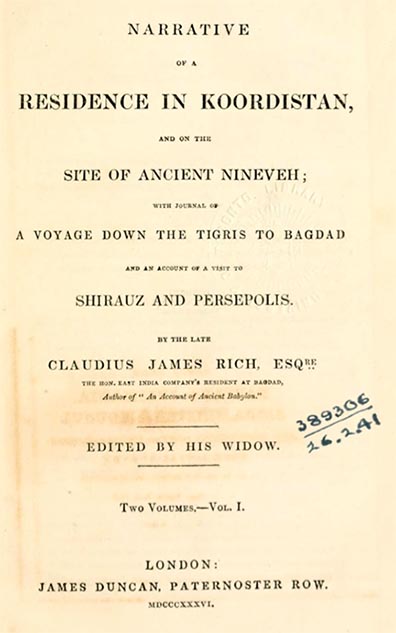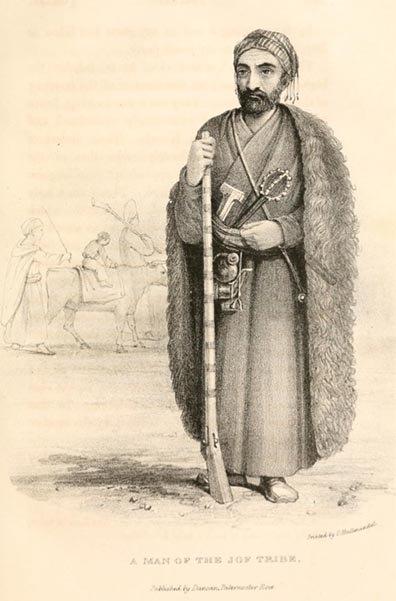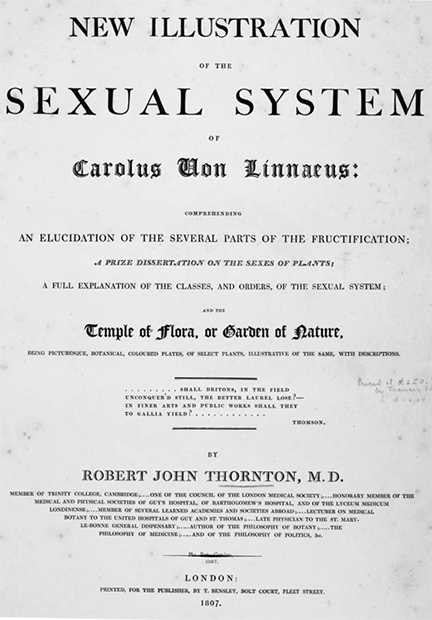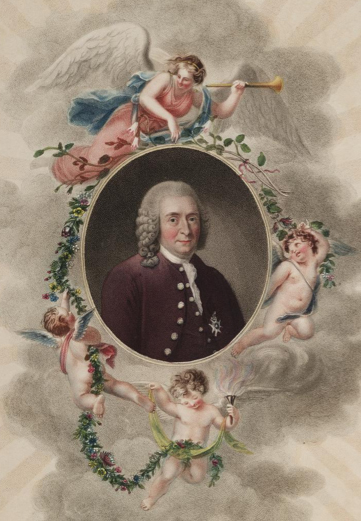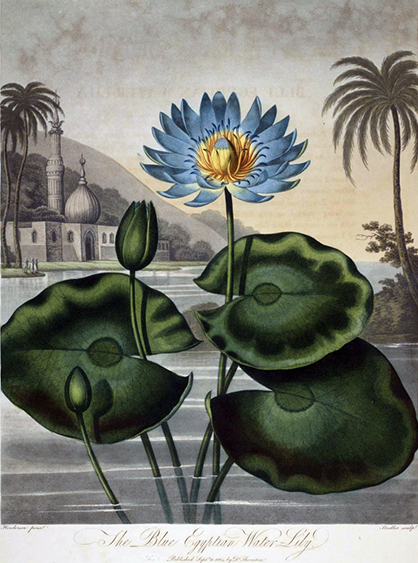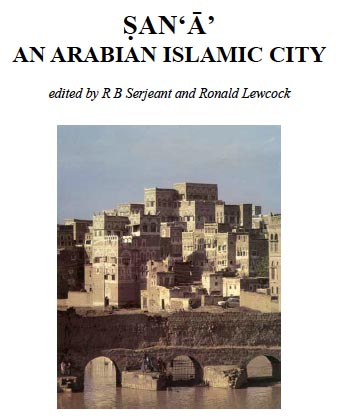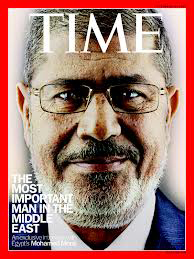
First, it was the fall of Mubarak; now comes the second act: the pending removal of President Morsi, who has managed to do more damage to the image of the Muslim Brotherhood than Nasser, Sadat or Mubarak could. The people massed peacefully in Cairo’s Tahrir Square have had enough of a candidate who pretended to be independent but over the past year has increasingly been linked to the intolerant policies of the Brotherhood. Five ministers in Morsi’s cabinet have resigned, including the Tourism Minister Hisham Zaazou, who was furious that a man linked to the tourist massacre in Luxor in 1997 that killed 62 people had been appointed as a governor in Luxor. The announcement by the army giving Morsi an ultimatum to satisfy the demands of the protesters has all but assured that he will not survive. A formal coup in unlikely, but the pressure on Morsi to resign may do the trick.
The major concern in Egypt is not about democracy but the economy, which has crashed with little prospect for recovery under Morsi. The continuing unrest, coupled with fear of the rising influence of the Muslim Brotherhood, has decimated the tourism industry, which is a major impact on the local economy. In 2008 almost 13 million tourists visited Egypt, bringing in some $11 billion to the Egyptian economy. Today hotels are near empty and tourism is virtually non existent. Conflict at the luxury Semiramis Hotel in Cairo in March caused many tour operators to cancel bookings there. When the tear gas settles, the Pyramids will still dot the horizon in Gizeh, but in all likelihood Morsi will be out of a job soon. Continue reading Tahrir: Take 2
